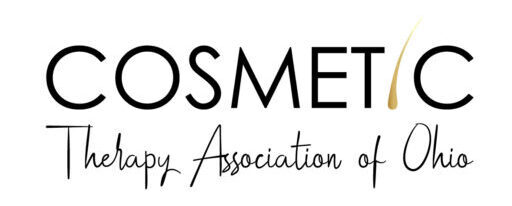Electrolysis A complete Guide to Hair Removal
Over one hundred years ago, Charles E. Michael, M.D, used a fine wire and galvanic current to remove ingrown eyelashes, a painful and recurring condition. Since that day in 1875, millions of men and women plagued by unwanted hair have benefited from his idea which became known as “electrolysis”. Today with just a few innovations, electrolysis continues to be the treatment of choice and the premier option for the permanent removal of unwanted hair.
Probe electrolysis is currently the only method of permanent hair removal recognized by the Food and Drug Administration. Laser hair removal is considered a permanent hair reduction.
There are many causes of unwanted hair. If you are embarrassed by unwanted hair, you are not alone. As many as ninety percent of all men and women may be affected to some degree. Heredity and hormonal changes are important factors which contribute to hair growth. Sometimes hormone levels are normal, but the hair follicle may be particularly sensitive to androgens.
How electrolysis works. The electrologist inserts a very fine, sterile probe alongside the hair in the hair follicle. A very sight amount of electrical current is applied through this probe, which destroys the hair root, ending further hair growth. The skin is not punctured or harmed in any way, and for most people the entire process causes very little discomfort. Most patients report tweezing and waxing to be much more uncomfortable than electrolysis.
Electrolysis treatment programs are tailored to the patient’s needs. Many factors determine the number and the length of treatments required. Some of these may include the condition of the skin to be treated, the sensitivity of the skin, and the number of follicles involved, and even past methods of hair removal can impact treatment.
Many patients find weekly sessions of fifteen to sixty minutes to be most effective. The closer you adhere to the treatment schedule recommended by your electrologist, the more effectively you can free yourself of superfluous hair forever.
Many other methods of hair removal methods provide only temporary relief to the problem of unwanted hair. Tweezing and waxing often exacerbate the condition by distorting the hair root, causing ingrown hairs and trauma to the skin.
After treatment care. Electrolysis continues to be a safe and effective method of permanent hair removal. It is perfectly normal for some sight reddening and/or swelling to occur in the area of treatment. This usually subsides quickly. Occasionally, tiny eschars, which are a natural part of the healing process, may appear. Left undisturbed, these too, quickly disappear. Your electrologist may recommend the use of an antibiotic cream or antiseptic lotion to enhance the healing process. Cosmetics should not be used for the first 24 hours after treatment. Sunlight and tanning beds should be avoided for 24 hours after a treatment.
When you contemplate the cost of electrolysis, consider what a lifetime of creams, razors, and waxing will cost. Consider too, the countless hours lost pursing a temporary result. Electrolysis is clearly one of the most cost-effective solutions.
Today’ fees are flexible enough to fit most budgets. Never take chances with your health. Competent, professional service is well worth the cost.
In choosing an electrologist take as much care as you would in selecting a doctor or dentist or any personal service. Keep these general rules in mind:
- The electrologist should be a graduate of a qualified school of electrology.
- The office should be clean and private.
- During the consultation, your questions should be answered courteously and professionally.
- You should never have the feeling that a hair is being tweezed during treatments. Only in unusual cases is it possible to feel the hair leave the skin.
- Cosmetic Therapist Association of Ohio will provide names and addresses of members in any particular area upon request. Email us on the contact tab.
